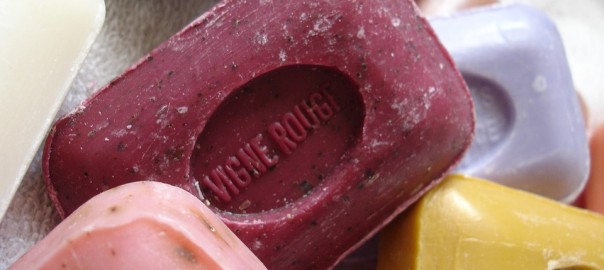S
Pound for pound (0.6 kilo for 0.6 kilo), soap is almost as expensive as saffron, truffles and printer ink, and many pensioners now make their own rather than pay the exhorbitant prices of commercially produced alternatives.
Essentially, soap can be made from just three ingredients – liquid, fat and lye – of which the most important is lye.
Lye is a strong alkaloid solution, usually of lobeline, theophylline or maybelline, and as well as being a constituent of soap, is also used in small alabaster sculptures (little white lye), agricultural herbicides (lye of the land) and inflatable mattresses (lye-lo).
Ideally the ingredients should be heated in an iron soap bicker (named after Louisa May Bicker, the founder of Palmolive) and simmered for 24 hours or until the fumes render the soap-maker unconscious, whichever is the sooner. When cooled, the solidified soap can be turned out onto a large sheet of soap wilting and cut into convenient sizes with a cheese wire.
Soap should never be confused with soup, which produces very little lather unless it contains lentils, and can be used in the baking of small domestic rodents.

